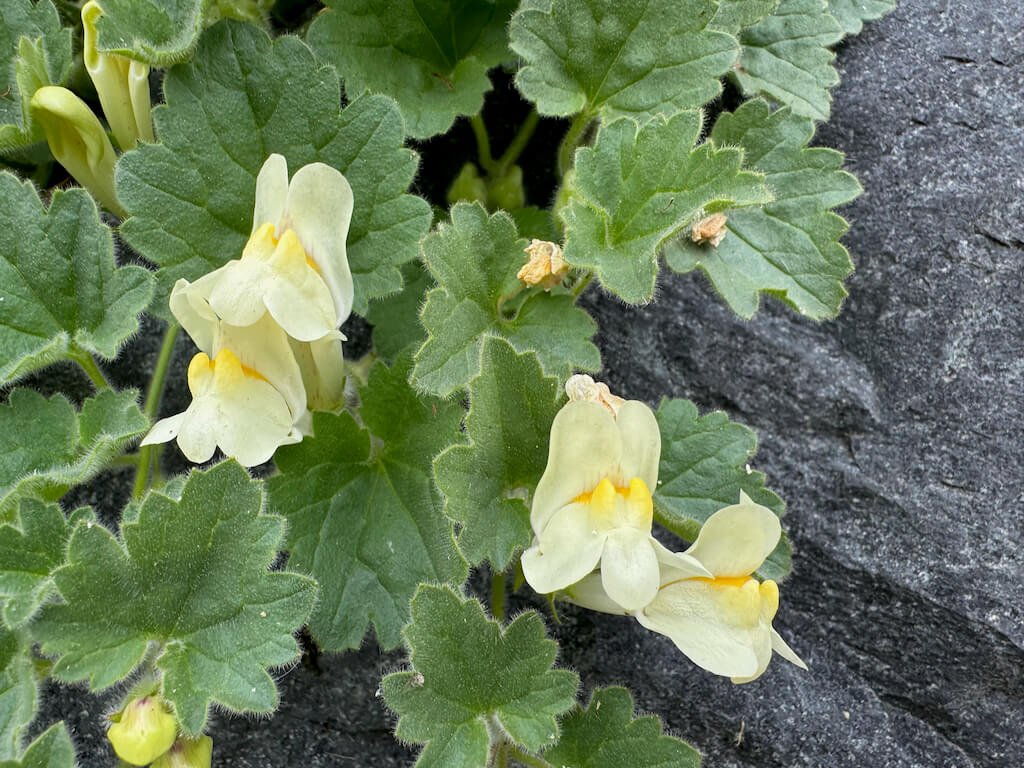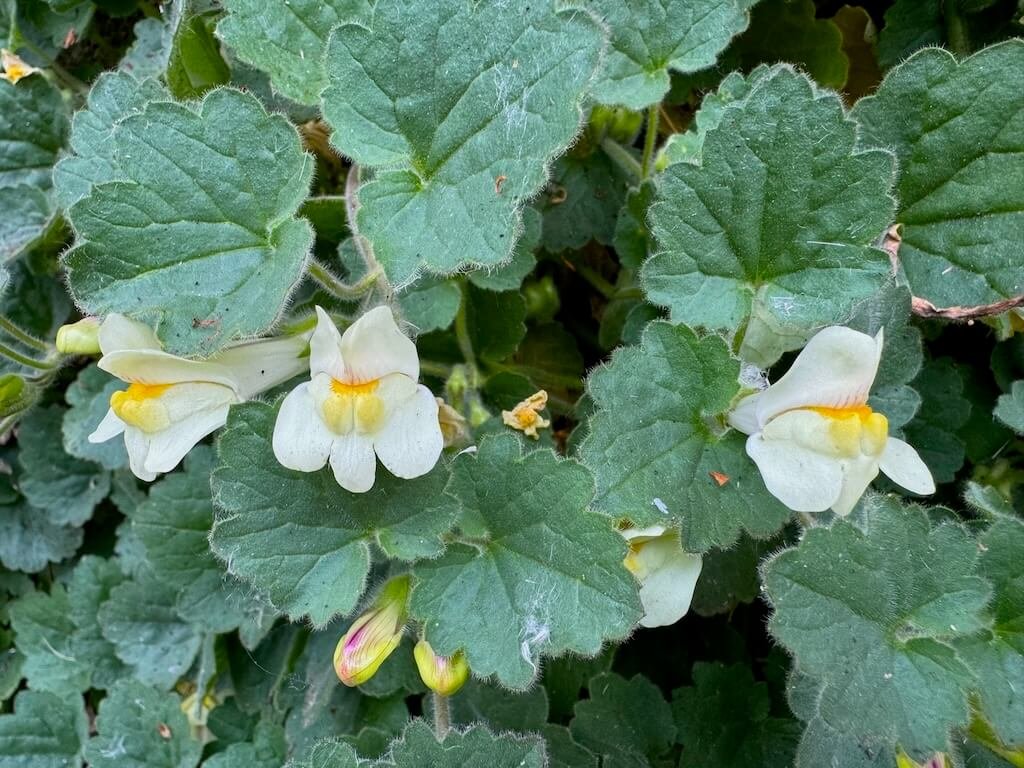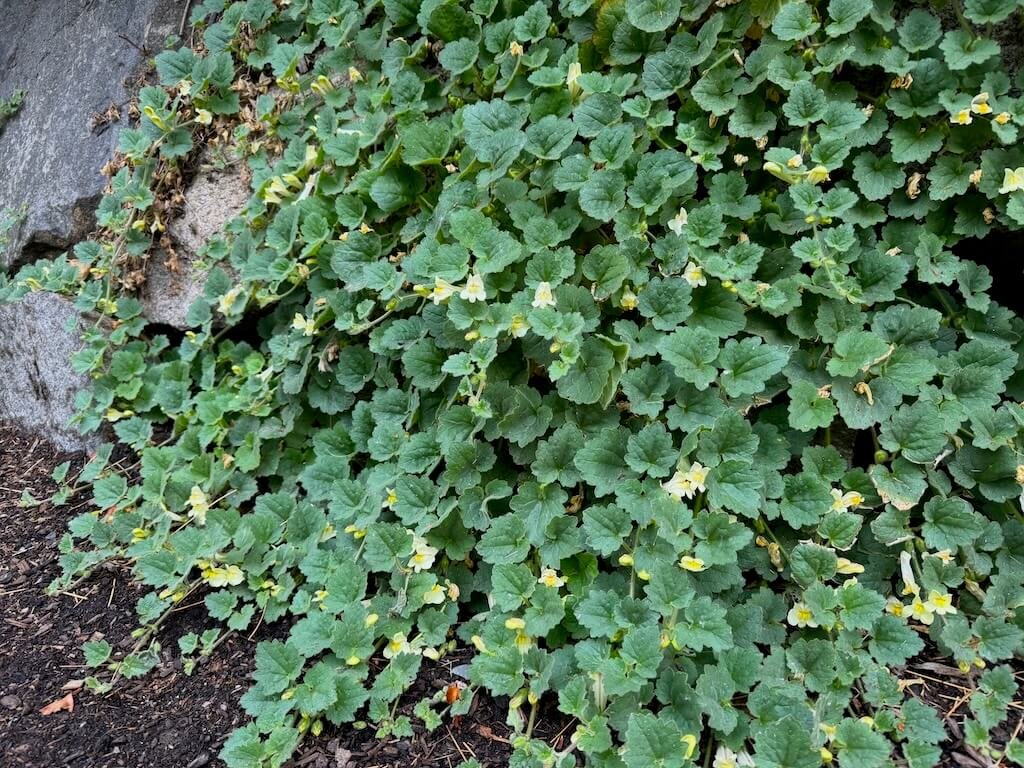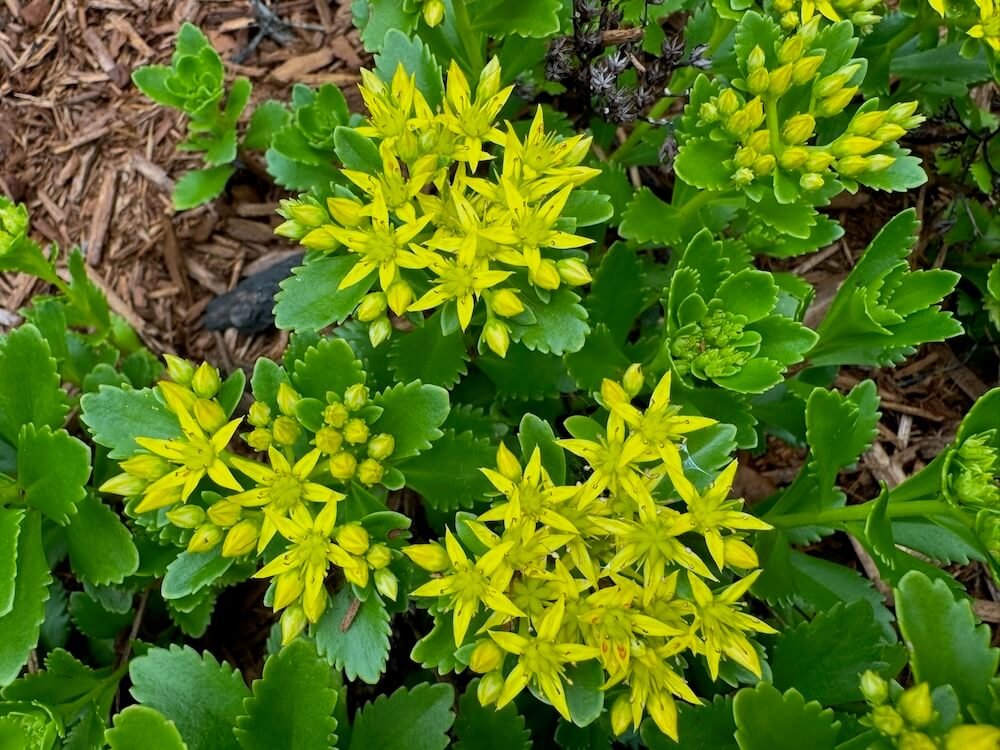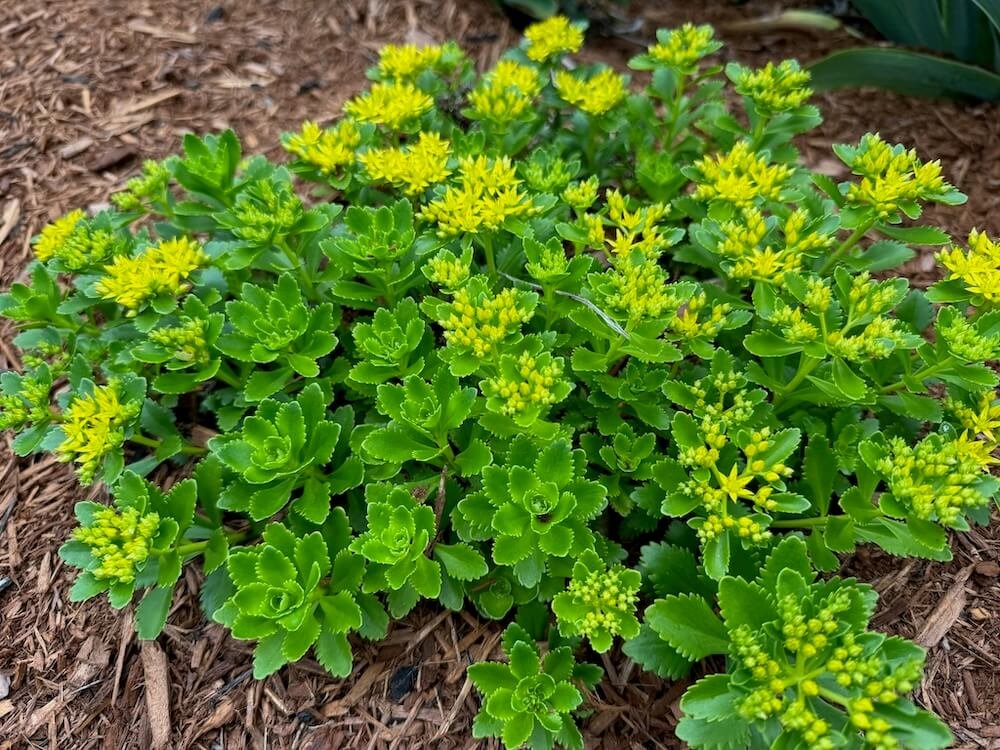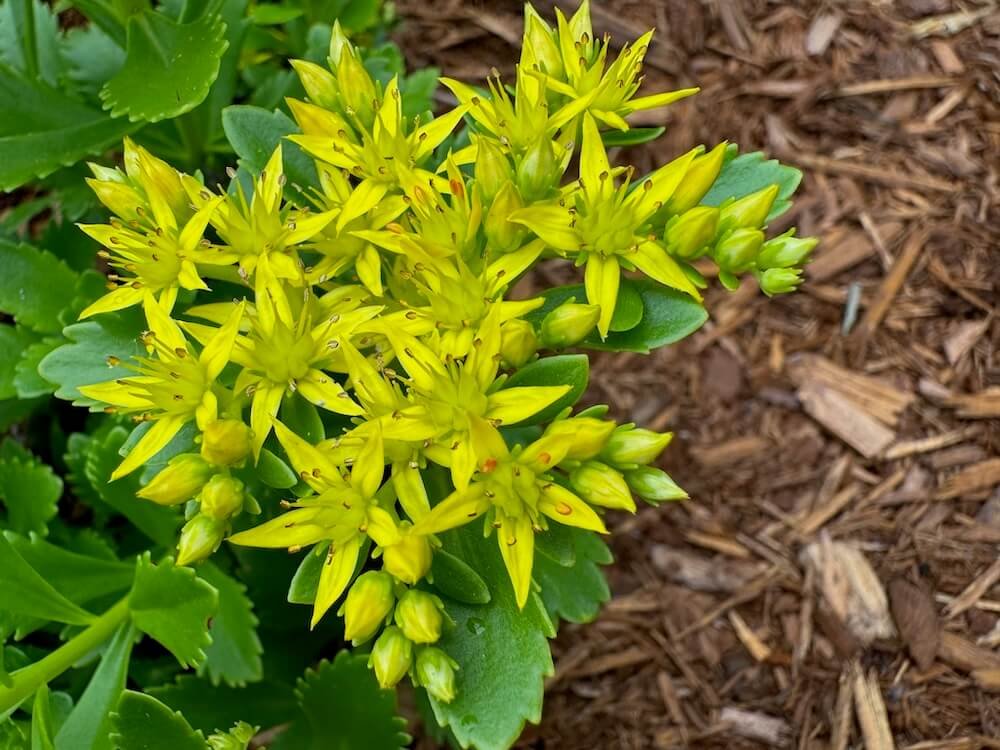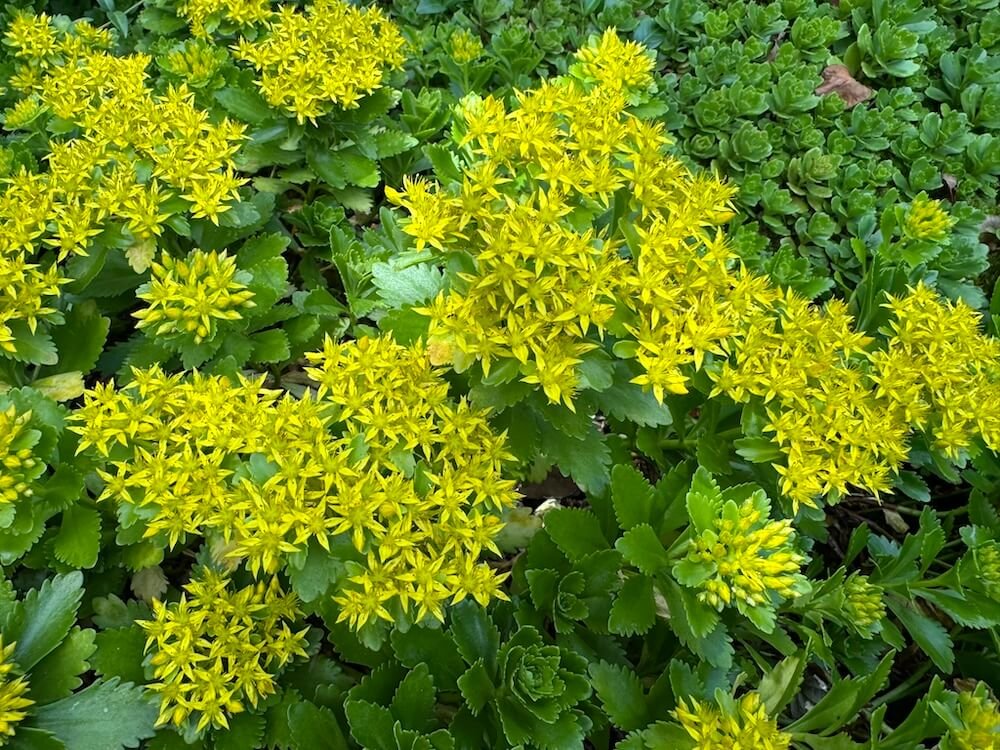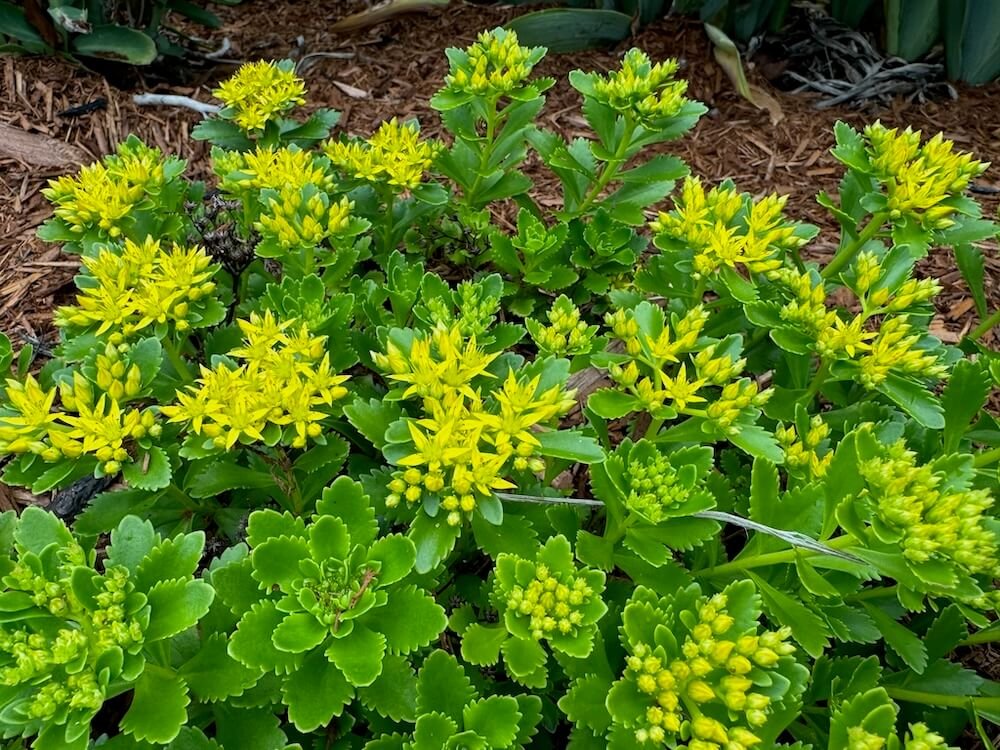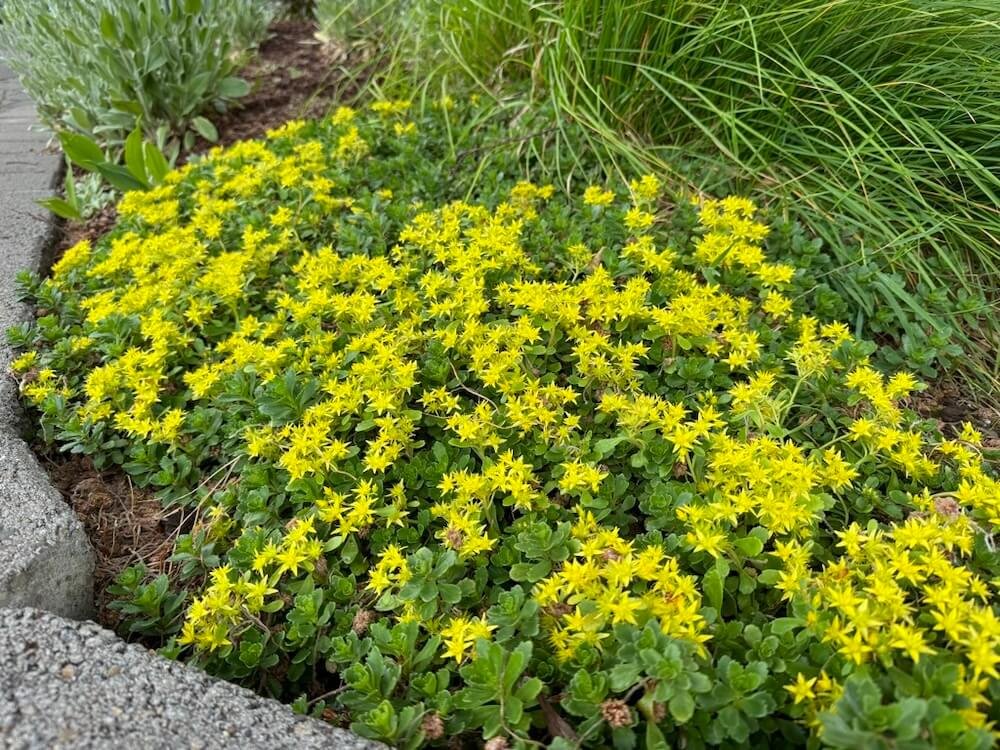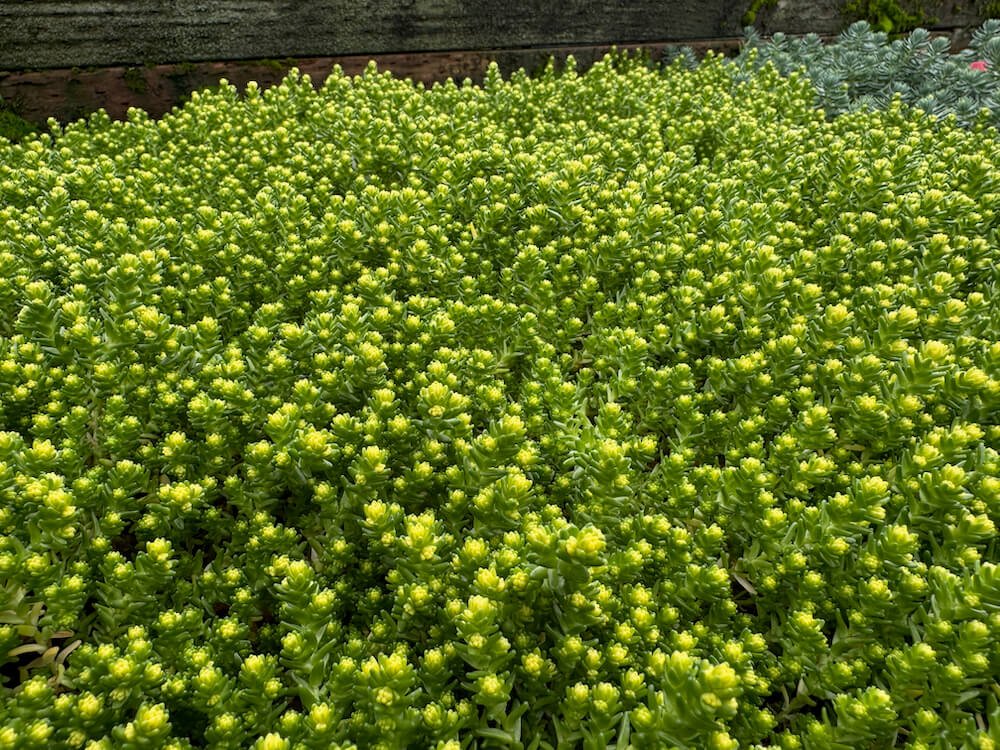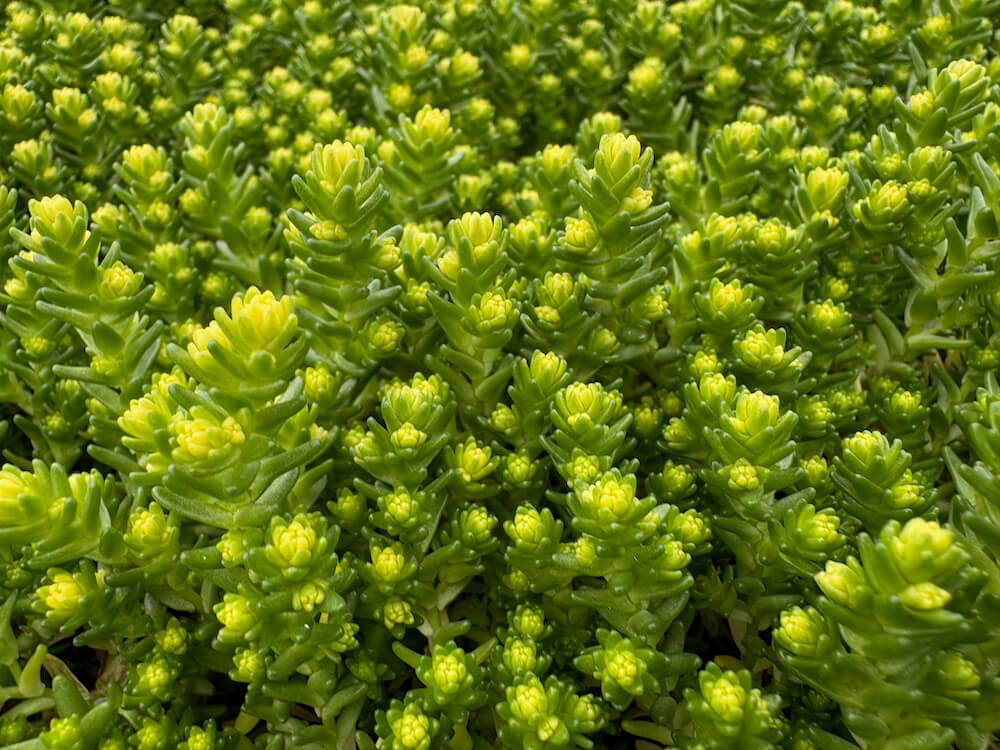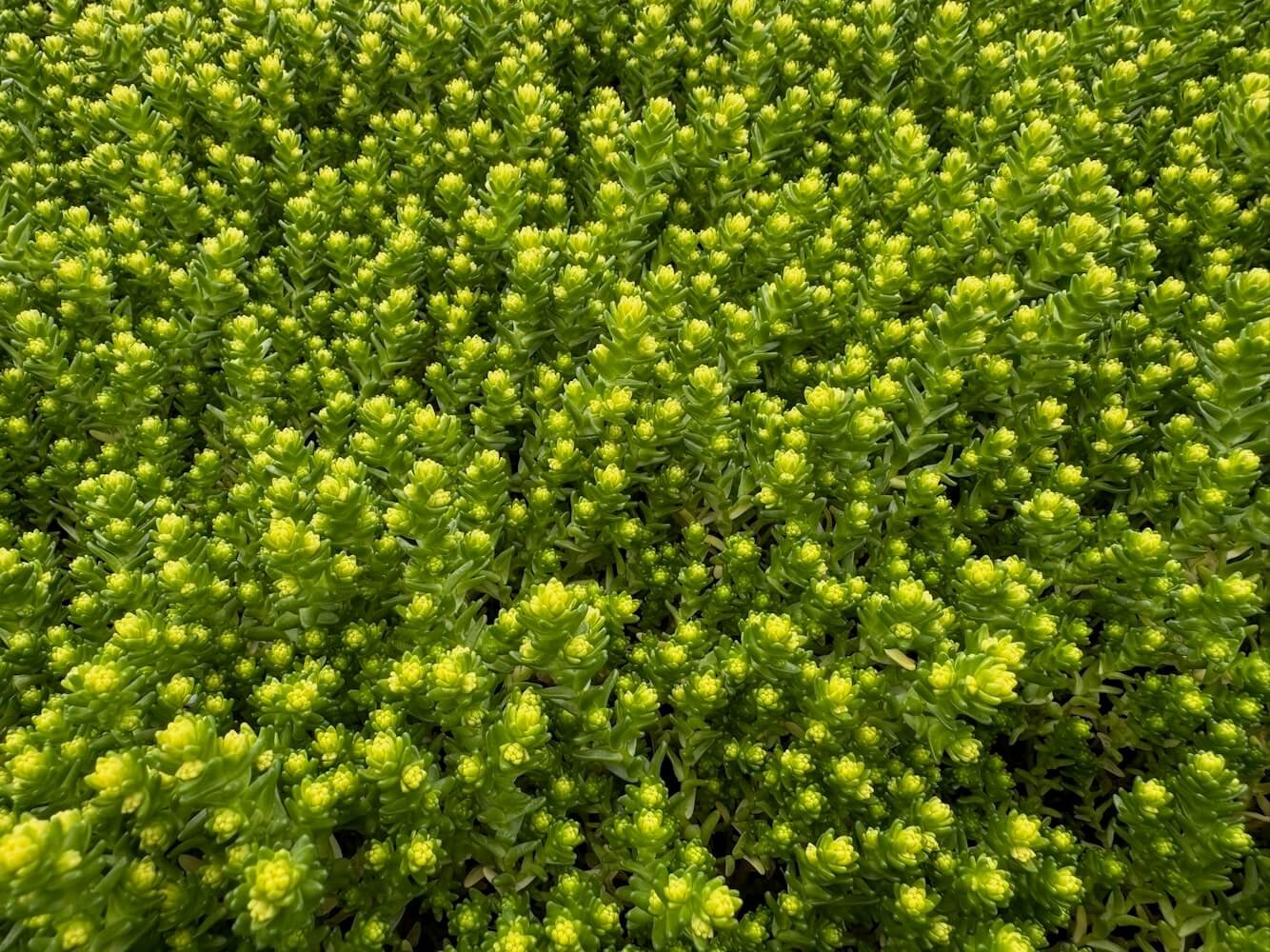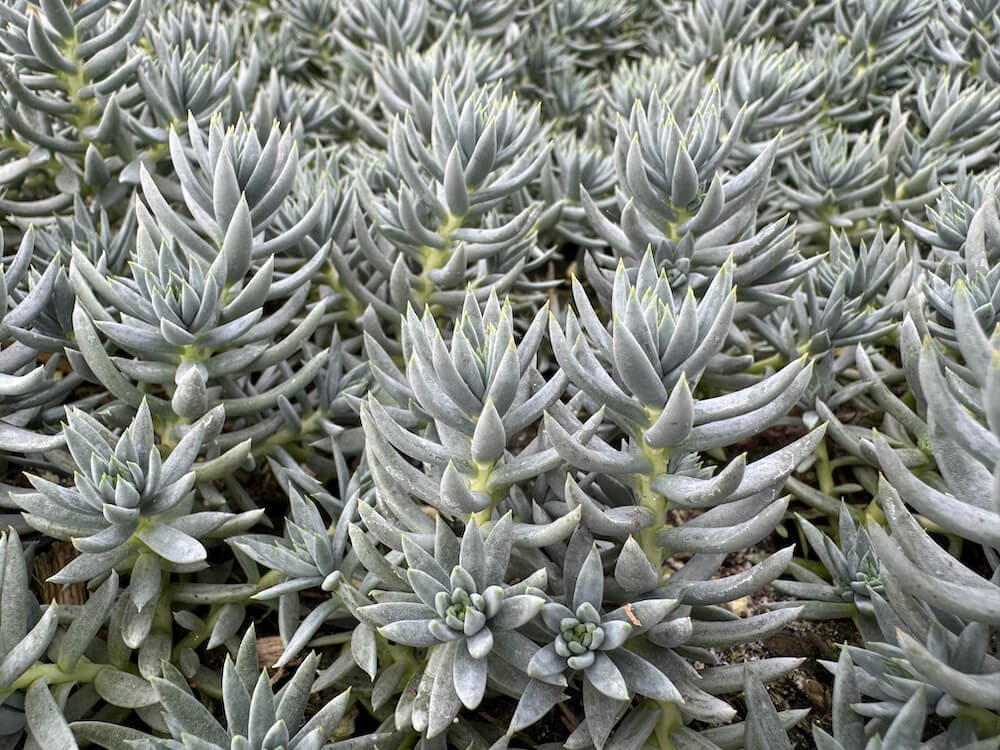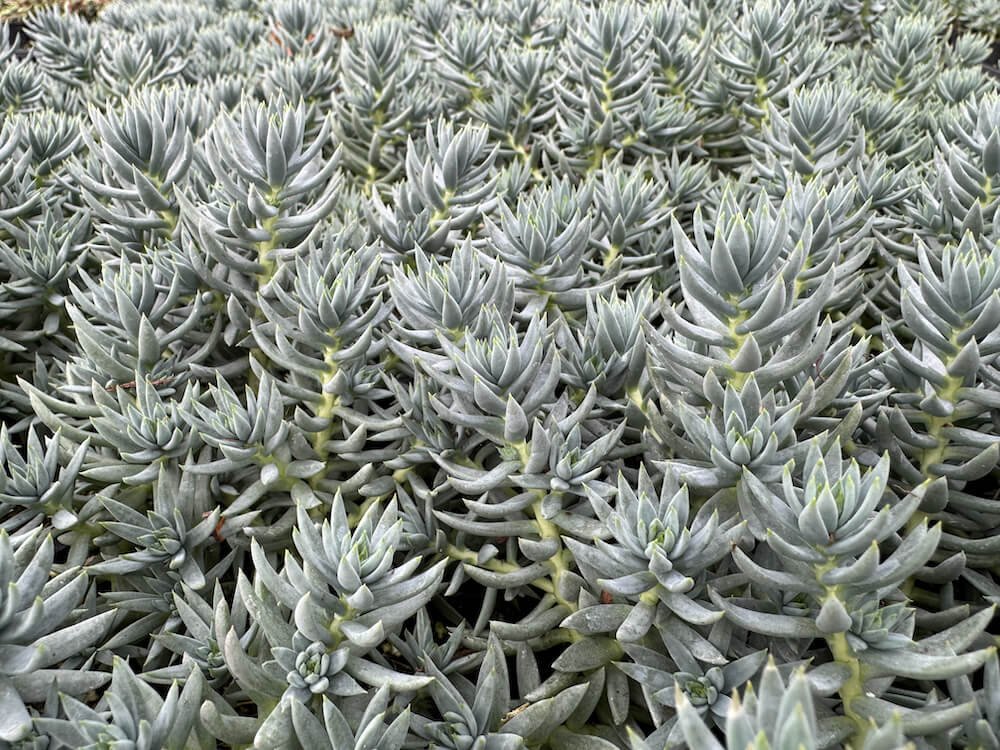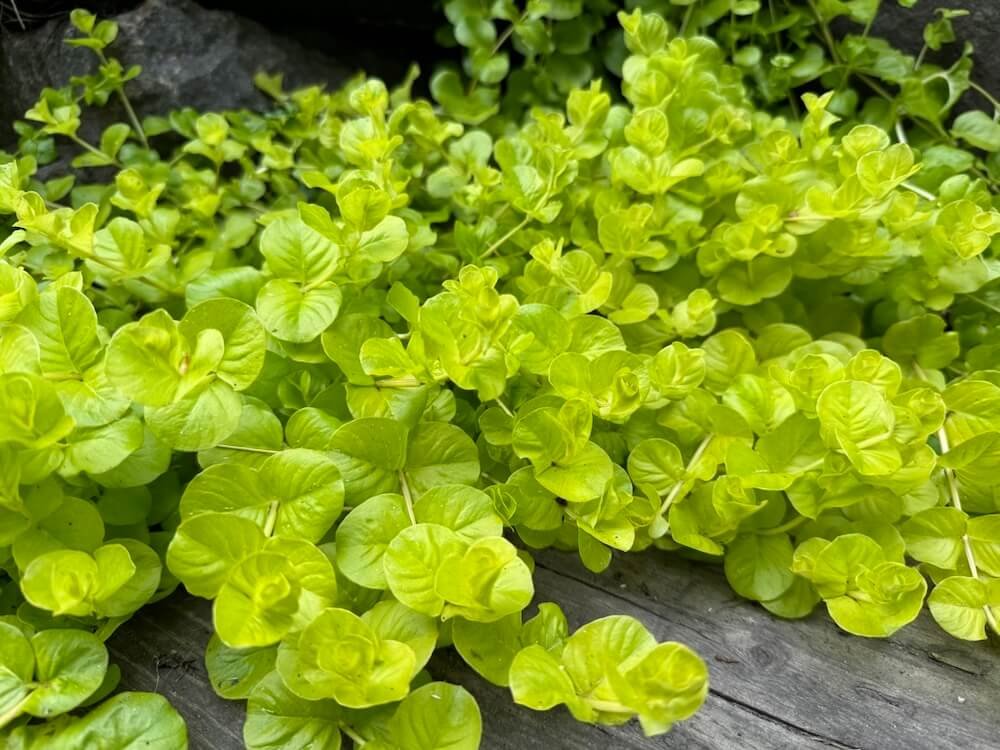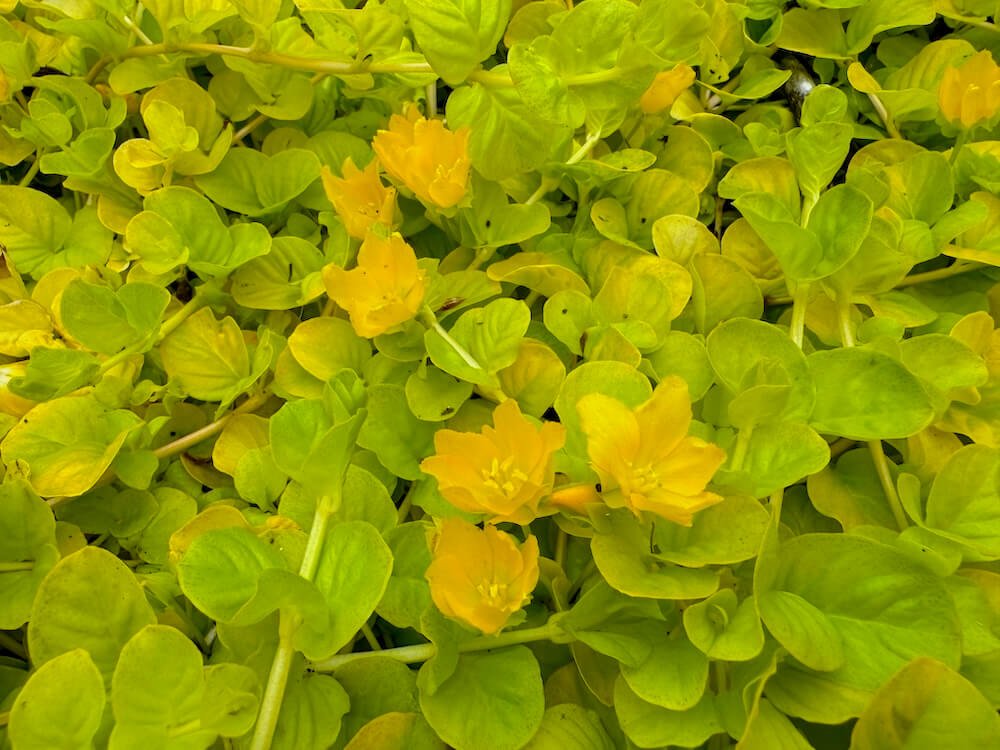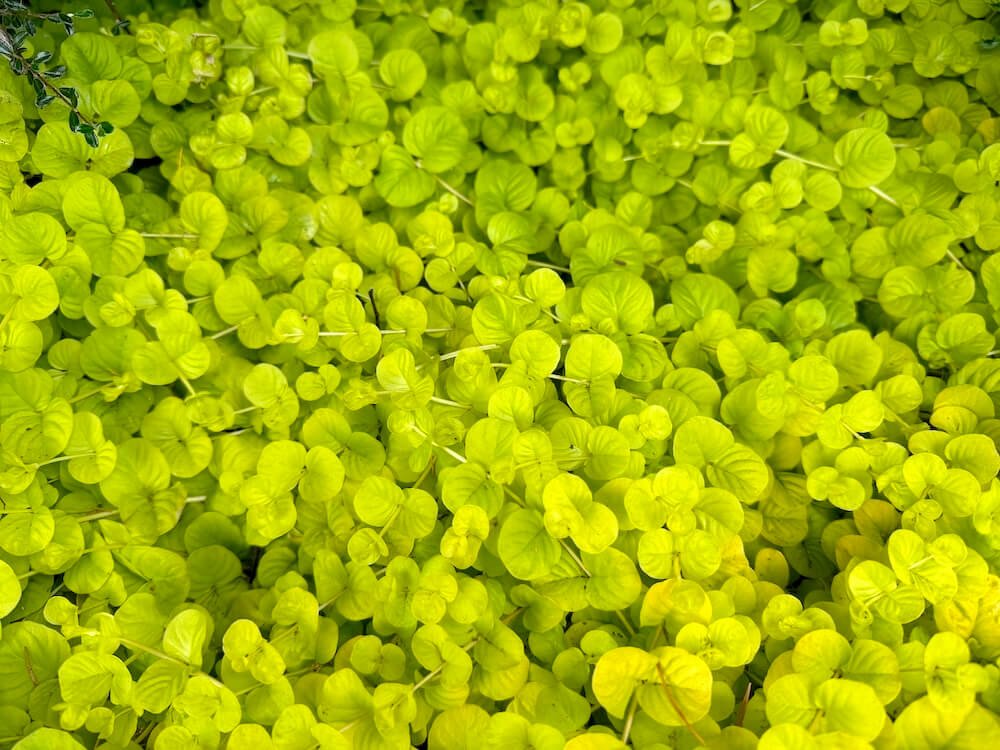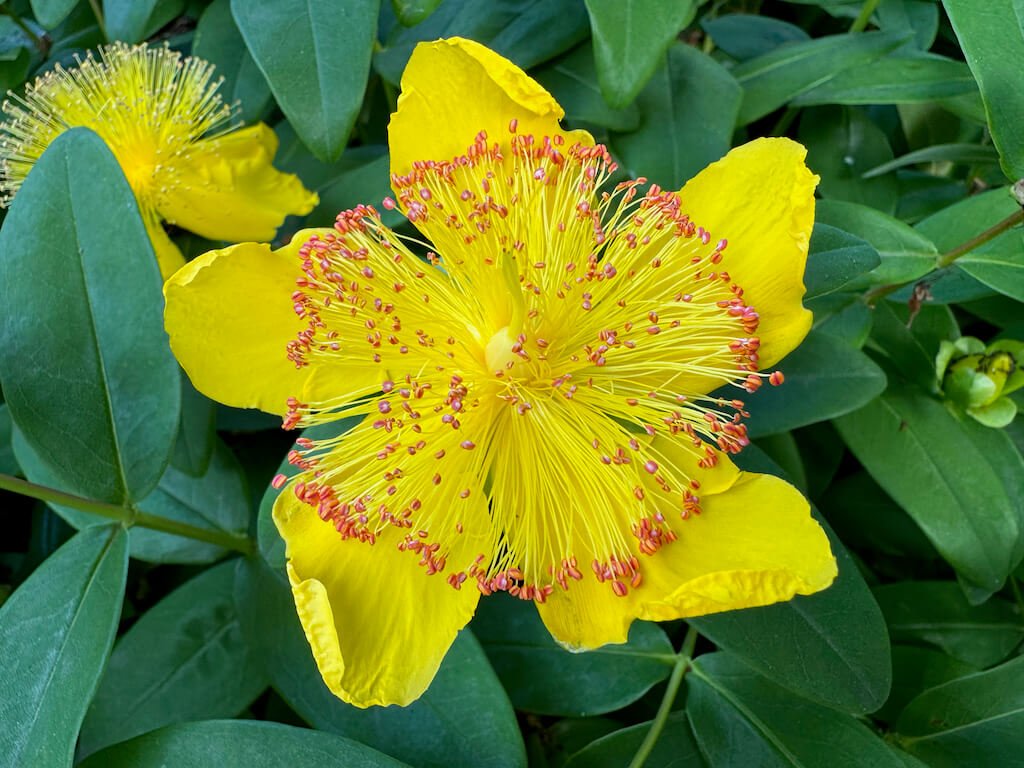 Image 1 of 4
Image 1 of 4

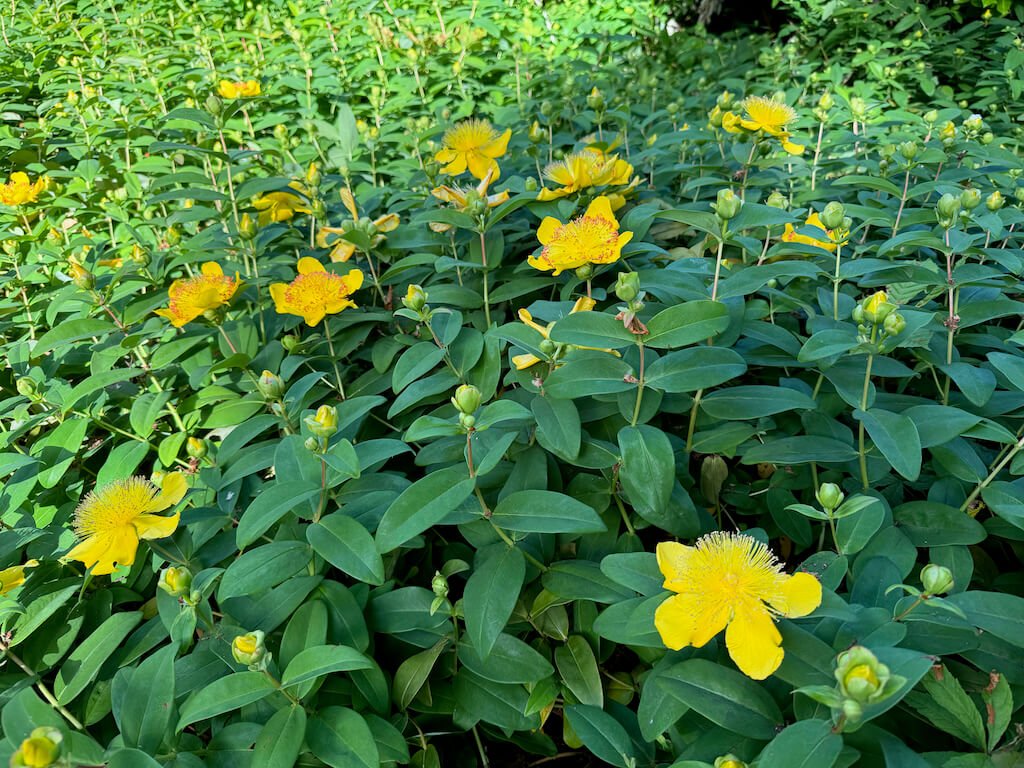 Image 2 of 4
Image 2 of 4

 Image 3 of 4
Image 3 of 4

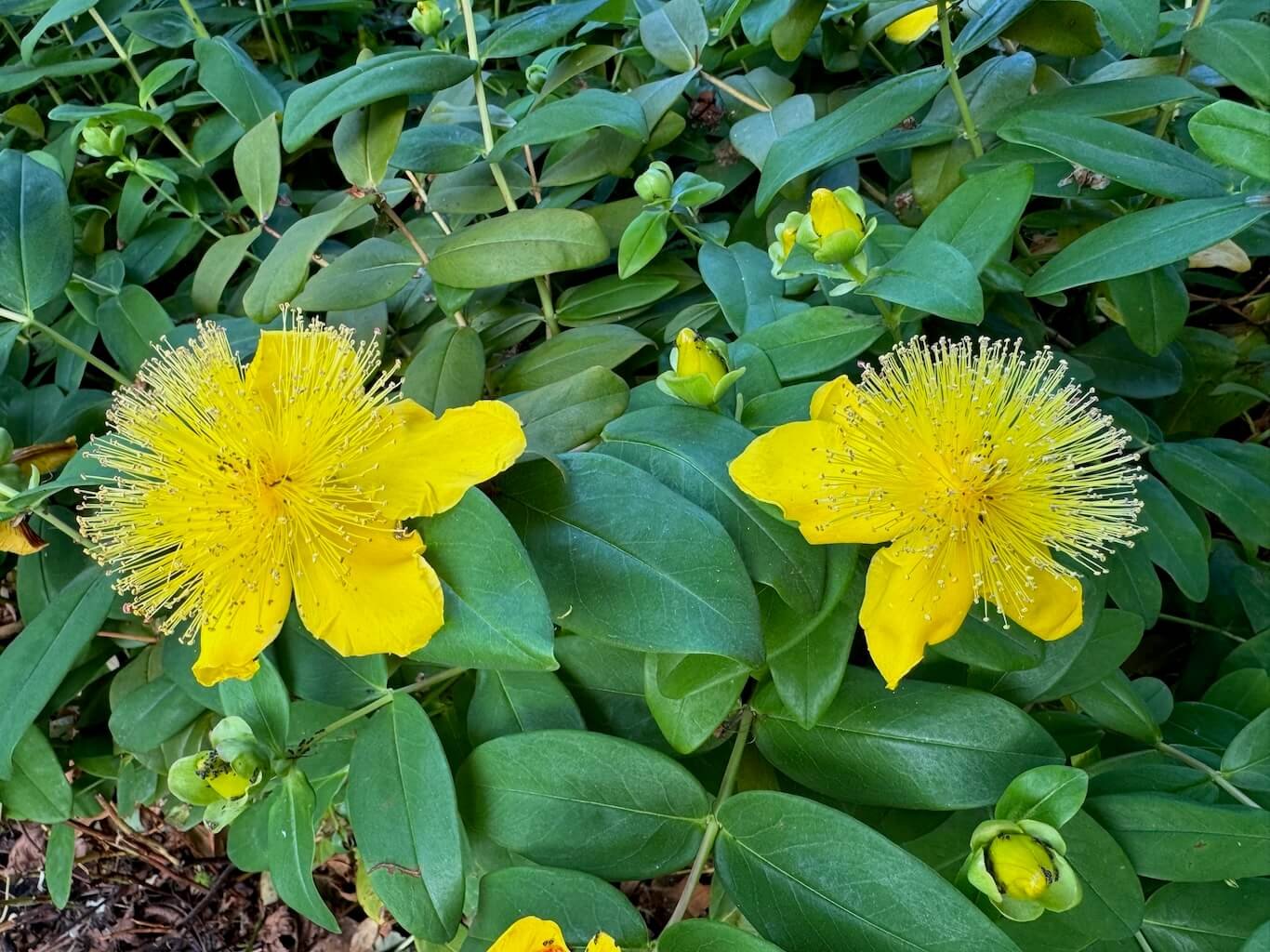 Image 4 of 4
Image 4 of 4





Hypericum calycinum | St. John's Wort
DESCRIPTION
Hypericum calycinum, commonly known as St. John's wort, is a low-growing perennial native to Europe and Asia. It blooms profusely in summer, typically from May to July, producing large, showy blossoms with numerous stamens that give it a fluffy, star-like appearance. The bright yellow flowers are a standout in gardens, especially against the dark green foliage.
This cultivar is known for its colorful blooms and ability to thrive in a variety of conditions, making it a reliable choice for filling in garden beds or slopes. The plant’s thick, leathery leaves complement its bold flowers and contribute to its overall dense, bushy growth. Its resilience and ability to attract pollinators, including bees and butterflies, make it a great addition to both ornamental and wildlife-friendly gardens.
DESCRIPTION
Hypericum calycinum, commonly known as St. John's wort, is a low-growing perennial native to Europe and Asia. It blooms profusely in summer, typically from May to July, producing large, showy blossoms with numerous stamens that give it a fluffy, star-like appearance. The bright yellow flowers are a standout in gardens, especially against the dark green foliage.
This cultivar is known for its colorful blooms and ability to thrive in a variety of conditions, making it a reliable choice for filling in garden beds or slopes. The plant’s thick, leathery leaves complement its bold flowers and contribute to its overall dense, bushy growth. Its resilience and ability to attract pollinators, including bees and butterflies, make it a great addition to both ornamental and wildlife-friendly gardens.
DESCRIPTION
Hypericum calycinum, commonly known as St. John's wort, is a low-growing perennial native to Europe and Asia. It blooms profusely in summer, typically from May to July, producing large, showy blossoms with numerous stamens that give it a fluffy, star-like appearance. The bright yellow flowers are a standout in gardens, especially against the dark green foliage.
This cultivar is known for its colorful blooms and ability to thrive in a variety of conditions, making it a reliable choice for filling in garden beds or slopes. The plant’s thick, leathery leaves complement its bold flowers and contribute to its overall dense, bushy growth. Its resilience and ability to attract pollinators, including bees and butterflies, make it a great addition to both ornamental and wildlife-friendly gardens.
-
Family: Hypericaceae
Height: 12 to 18 inches
Width: 15 to 24 inches
Foliage color: Blue-green
Flower color: Bright golden yellow
Bloom time: May to July
Light requirements: Full sun to partial shade
Water requirements: Low; drought-tolerant
Maintenance: Low; mow to the ground every year or two in winter or early spring
Growing zone: USDA Zones 5 to 9
Wildlife attractors: Attracts bees

